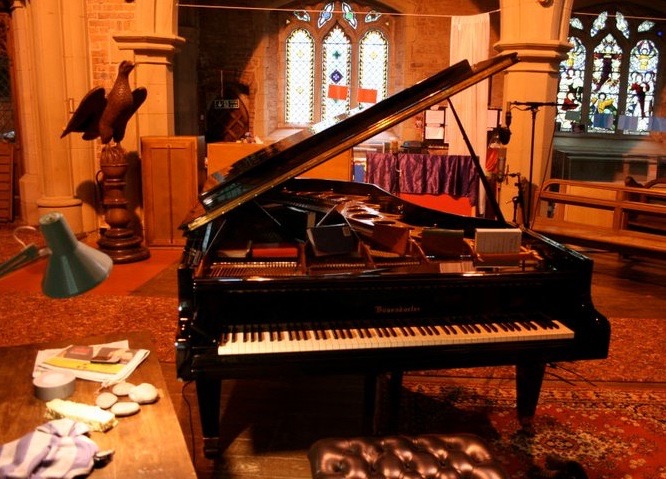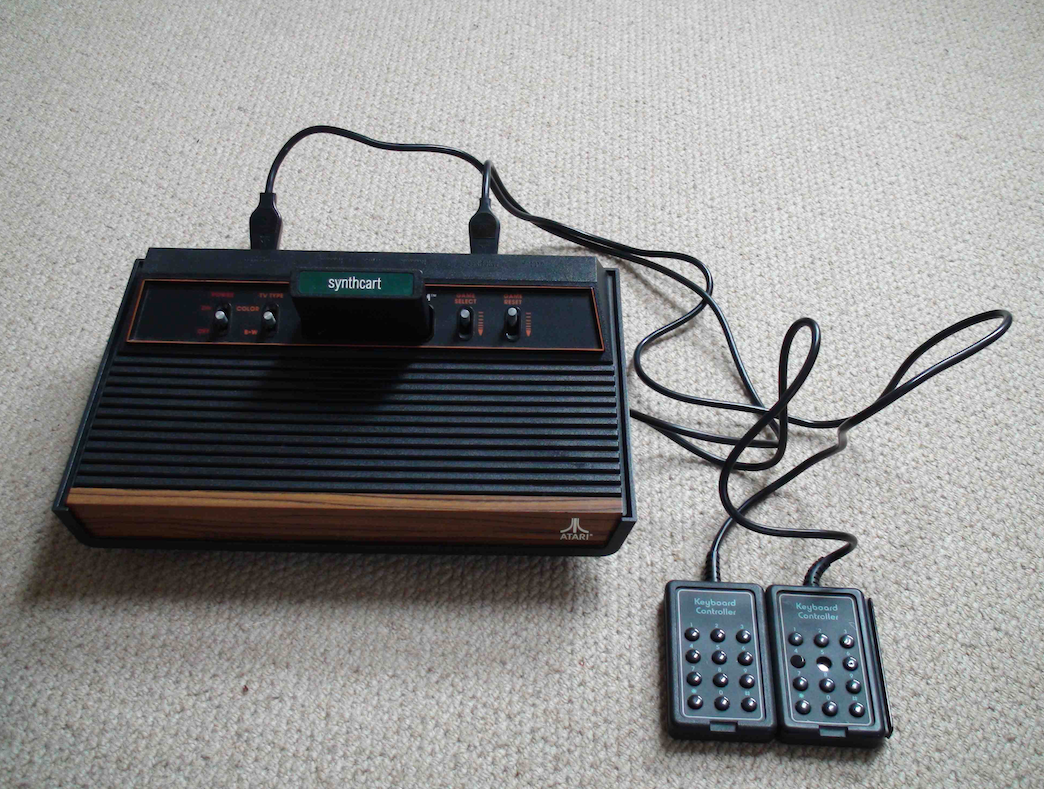Working with Sam Hobbs: reinterpreting Amon Tobin…
June 15th, 2012My relationship with The Leaf Label began in earnest earlier last year and within the space of the last twelve months or so, a constant stream of potential projects and other creative ideas have been fed into my consciousness. So, when Leaf called with the proposition of remixing an Amon Tobin track for his new, eponymously-titled boxed set as part of a series of commissions from Ninja Tune (other commissioned artists include Julia Kent, Pete Wareham, Bibio and Austin Peralta – to name but a few!);
my very first thought was that I would accept but am certainly no savant when it comes to using music sequencing programmes (Logic/Pro Tools/Ableton et al.) that are considered de rigueur for this sort of task. My very next thought was to call long-time musical collaborator and close friend, Sam Hobbs – to see if he wanted to collaborate (who’s intuitive skills at the helm of Logic, incidentally, are superb). Sam is one of the few people I can trust both musically and personally. His is as skilled a sound engineer as he is a musician and, like all creative artists, is constantly furthering his own personal boundaries. Whether it’s developing new drum techniques to enhance and fulfil musical ends, or capturing the best sound possible through restless research and experimentation; Sam’s passion and enthusiasm for sound make him a valuable musical ally (and arguably possesses some of the best listening ears in the business). In addition to all of this, Sam has been a huge fan of Tobin’s for many years whereas I am a relatively recent convert – all the same we were both looking forward to getting stuck in. Our initial brief was to try and create a ‘contemporary classical’ reworking of one of any track of our choosing from Tobin’s most recent album ISAM.
After some initial thought as to the approach we might take (and choosing not to use any of the original mix stems), we decided to keep it simple(!) and to figure out how to reconfigure Tobin’s rich, detailed sound world by reinterpreting ALL of the sounds acoustically – that is to say, we would try to find ways of creating acoustic renderings of our chosen track, which initially turned out to be Lost & Found.
We chose to reinterpret much of the tonal and melodic material using a standard midi piano patch (found within Logic) and various layered cello parts (albeit with a complete re-reading of the original harmony) via an old valve tape machine… The only stumbling block was how to interpret the rhythmic parts. We then remembered that, during the second recording session for the Montauk Variations album at St. Margaret’s Rectory, Manchester, we’d amassed a vast catalogue of unfinished ideas that involved placing a variety of objects inside the piano that were found within the church, such as an assortment of large/small hymn books…

Using Tobin’s original track as a kind of musical template/blueprint/score, Sam carefully mapped-out the original track’s tempo and duration. Once this was in place we could set to work, making the discarded sessions from Montauk our first port of call, then listening to the material and piecing together the various sounds/rhythmic textures alongside Tobin’s near-impossible detail.
In addition to the percussive effects of the book-prepared piano, the inimitable voice of Emily Levy also features in the final refrain of the melody and in the initial section of the ‘coda’. This section also features some medium-to-large-sized pebbles, placed on the strings of the piano. These were found lying around in St. Margaret’s – and became the basis for One for you, Keith, (found on Montauk), as it was pianist and composer, Keith Tippett, who first introduced me to using objects such as stones/pebbles to create different colours and textures…
After we’d finished Lost & Found, we decided to keep going and give the same treatment to the brief (but no less beautiful), Piece of Paper, whilst we were at it:
As in Lost & Found, some of the harmonic passages in Piece of Paper were not so much re-read but replaced completely with Lutoslowski/Scott Walker-like string passages, created by layering a number of cello parts of approximate tuning within a limited pitch range to create a texture of microtonal dissonance. Anyway, we followed a similar procedure to Lost & Found, only this time we extended the track’s original length slightly, with the aid of some more thumped/abraded/book-prepared piano, bowed cymbals AND some 8-bit technology in the form of a circuit-bent Atari 2600 games console (from 1977) that I bought from Franck Vigroux…

So, it was a real honour to have had both tracks selected for this incredible boxed set and hopefully we’ve managed to create something that somehow bridges the gap between Tobin’s sonic brilliance, modern technology and analogue recordings of C20 classical chamber music. Maybe…
You can purchase Amon Tobin from the Ninja Tune website. Go on.


